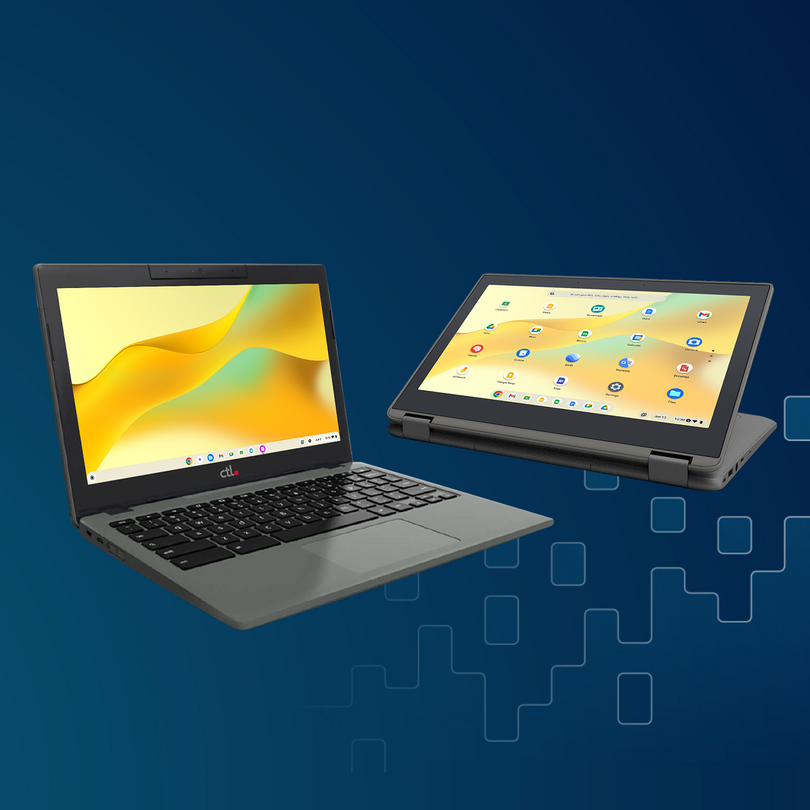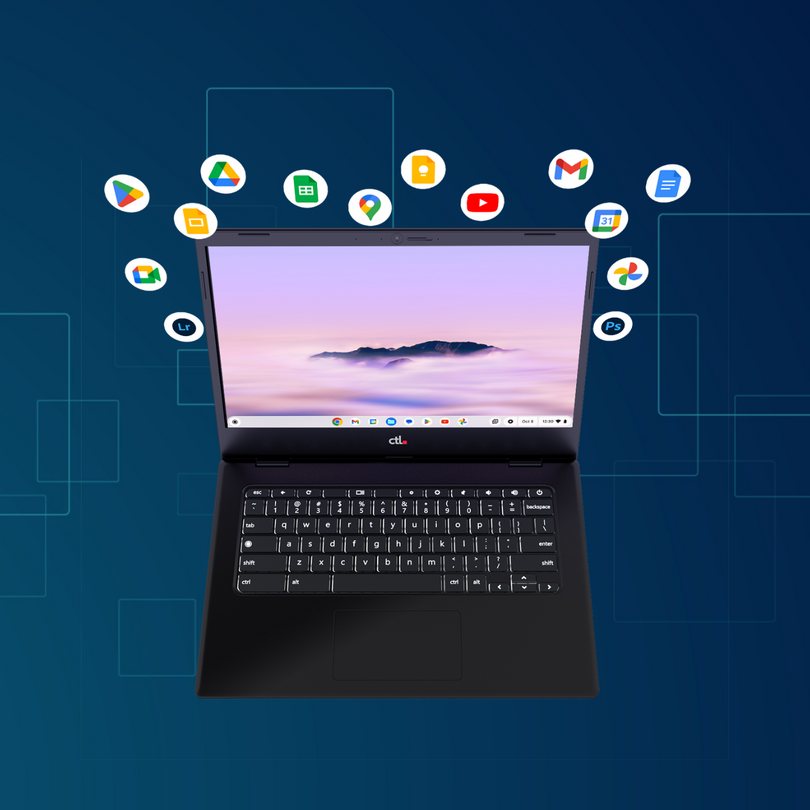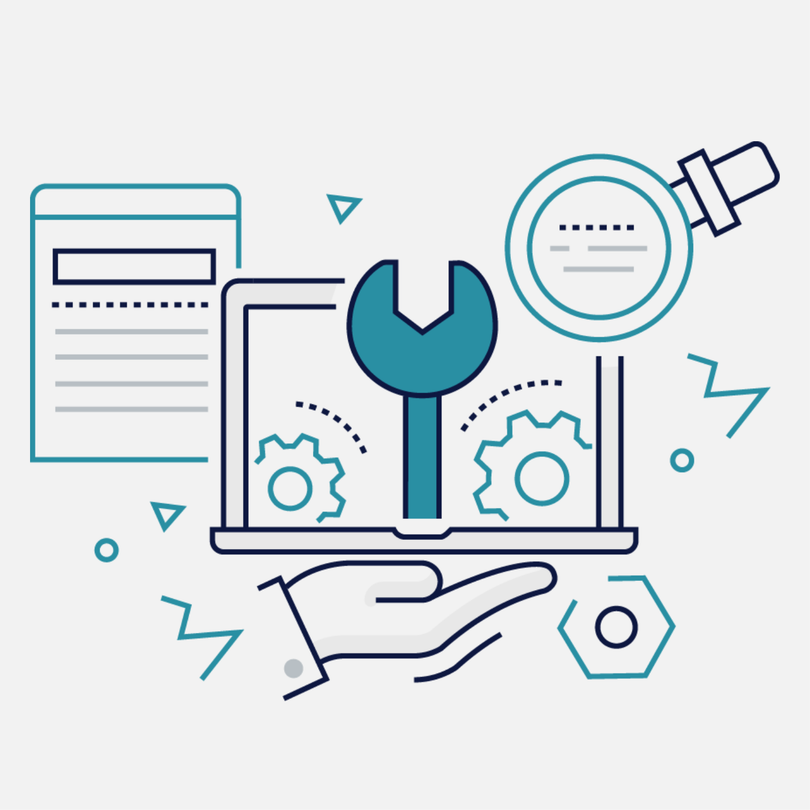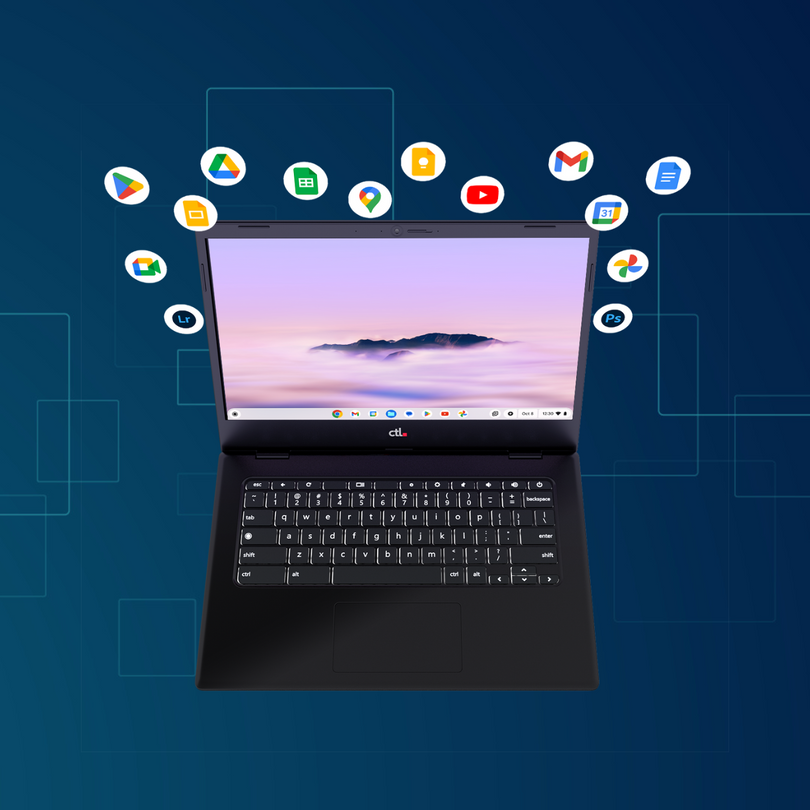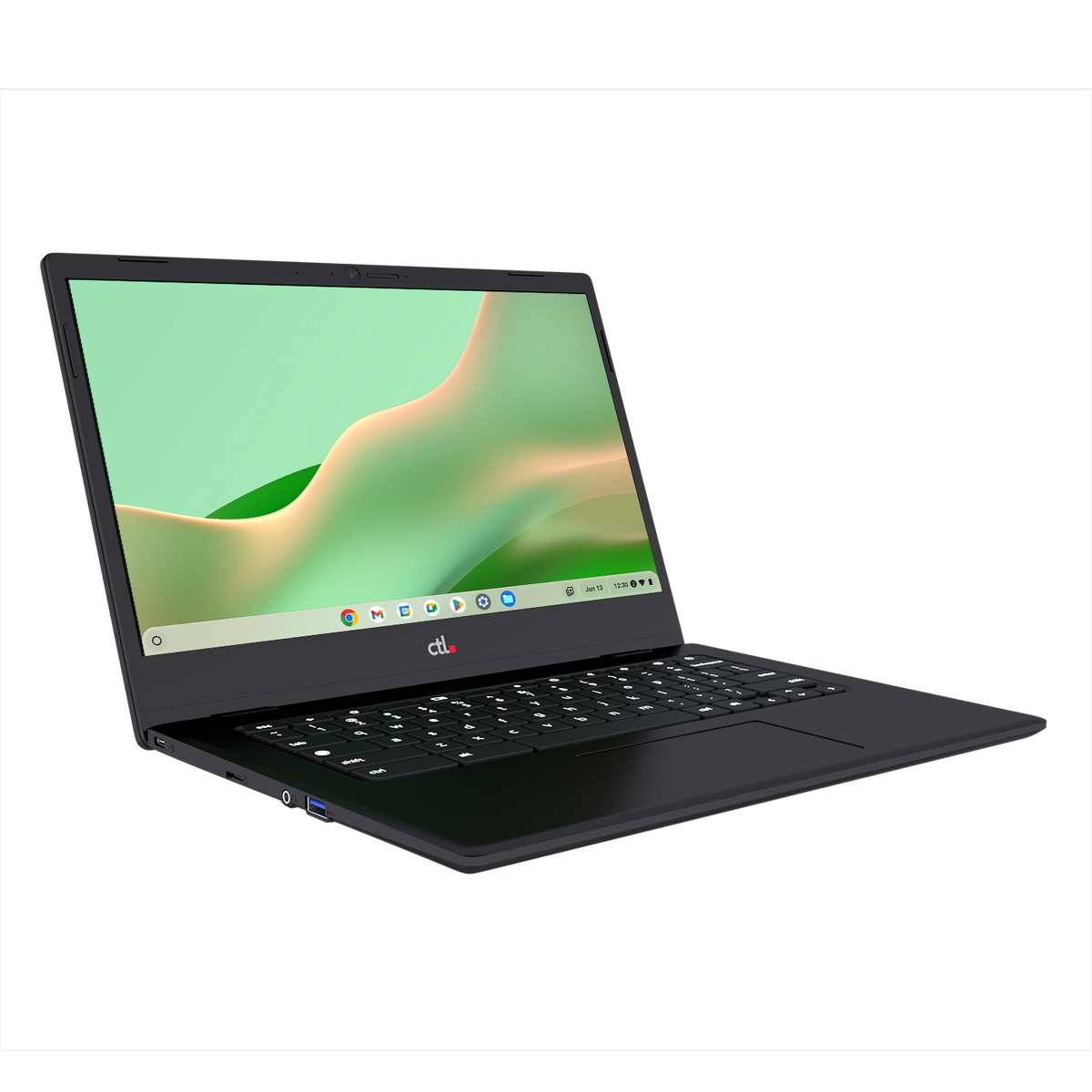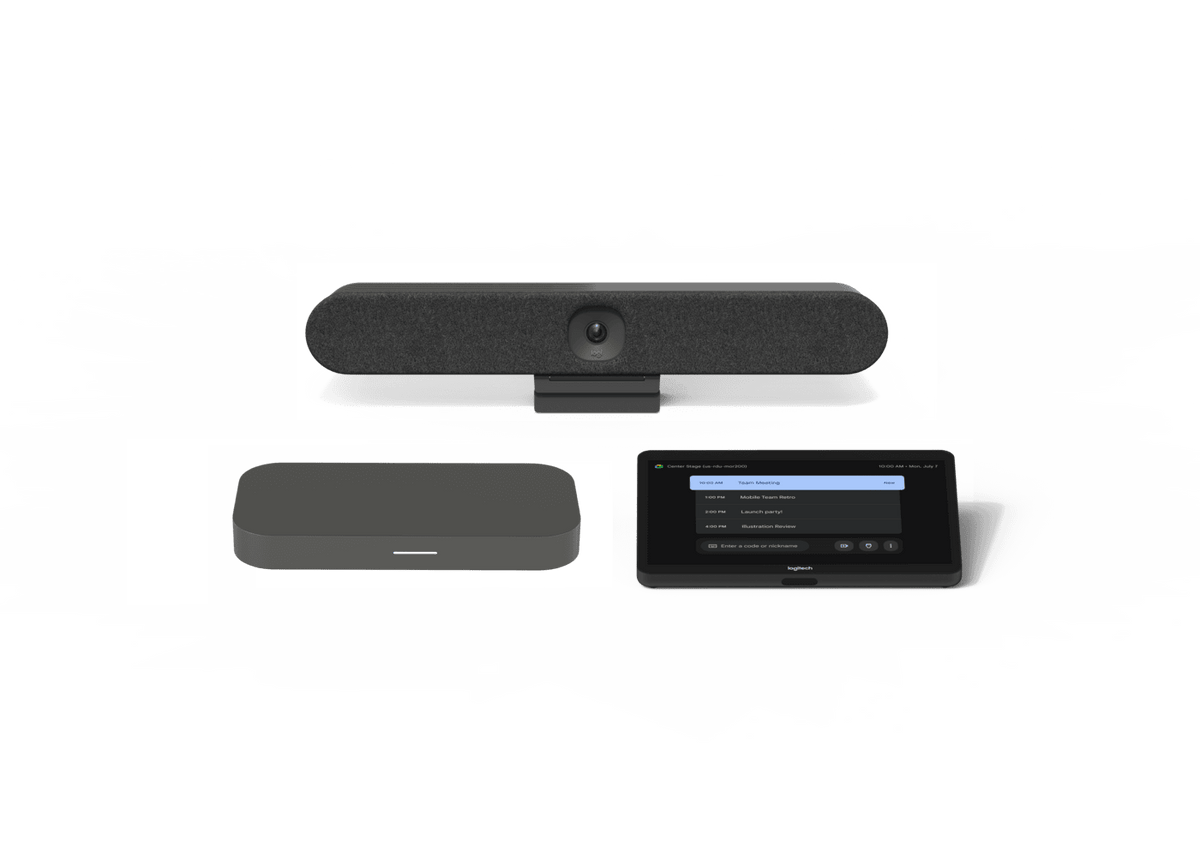The impact of Covid-19 on education has highlighted opportunities for technology to help students in marginalized communities to get the resources they need to grow academically. Digital Promise and the Verizon Innovative Learning Schools (VILS) program have found six key elements that leverage technology to help to establish and sustain a culture of powerful learning.
The Digital Promise “K-12 Leaders Guide to Successful Technology Integration” at https://verizon.digitalpromise.org/elements-of-success/ outlines how successful schools have utilized these six elements in practice. We’ve outlined a summary of these findings below, but be sure to visit Digital Promise for in-depth analysis, strategies and takeaways surrounding each of these elements.
Have a Good Leadership Team
Positive change and building engagement requires the right team. To sustain a strong culture of success, the school that leverages technology should have a good leadership team that encompasses the student’s culture and understands it.
Develop a Transformational Plan
Every large change to learning institutions requires a strategy. A transformational plan will convey the school’s vision and the ways technology will work to engage students. Technology must be introduced in a way that helps students with as few frustrations and confusion as possible. It must also be maintained, so the plan must include how the school will upkeep it to keep it functioning.
Effective Teacher Use of Technology
Teachers must be able to use the technology effectively, which means training is necessary for them to work with it. Technology coaches are used to train teachers on all features of the technology so that they can show students how to use it. Training teachers on basic troubleshooting will also help them fix issues.
Access to High-Speed Broadband Internet
Most technology is dependent on internet access, and students rely on it for their studies. The technology offered to students must have decent continual access to the internet to ensure that they can do their homework, conduct research, get help from additional online resources, use email, and communicate with teachers and other students. The devices introduced to students are able to connect to local Wi-Fi and use a data plan for wireless internet.
Engage With Families
A student’s learning process does not stop after school. Families have the ability to encourage extended student learning and engage with them and the technology. Parents can boost a student’s learning potential by sharing their own experiences and helping children with their studies. Together, students and parents can search for information using devices and work together to check homework, study for tests, and prepare for upcoming assignments.
A Learning Mindset Gives Communities Equity in Growth
When students receive a quality education and have the technology they need at their fingertips, they become informed, independent, and better prepared for the future. Well educated students facilitate positive growth and pass this knowledge to other members of their community, bridging connections through innovative technologies. By promoting education within their culture, students have equity in their communities and can further promote inclusion for future generations.
Digital Promise and the Verizon Innovative Learning Schools (VILS) program is designed to engage students, and to leverage these six elements to promote success. Technology alone will not educate and engage students. Education with technology requires a collaborative effort that involves parents, teachers, the school system, and even the community to help students grow. Learn more about successful technology integration for K-12 leaders here.




